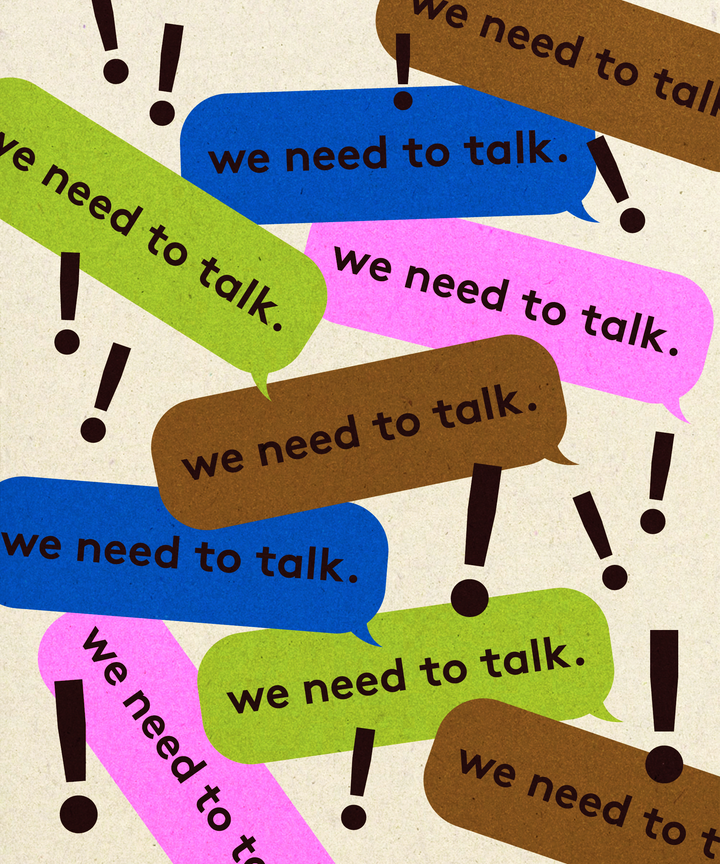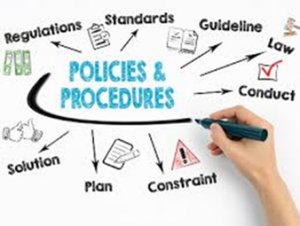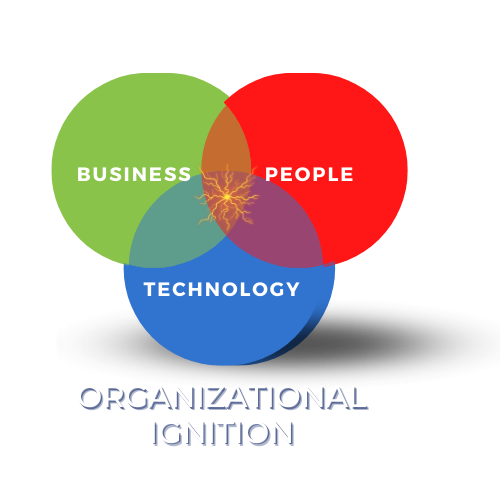I was in Hanover recently, meeting with faculty and staff. Given the atmosphere in the state and the nation, they were nervous about speaking authentically and truthfully to and about the needs of their students. As I always do, I started off asking what questions they had about the topic. In this article, I’ll share what I shared with them — and add a little humor, because when people are terrified of saying the wrong thing, laughter is cheaper than legal counsel.

- How do you know what would offend someone?
In short, you can’t. If there were a universal “offense radar,” it’d be sold out on Amazon. The best you can do is lead with curiosity and humility. Ask before assuming, and if you do trip a verbal landmine, apologize sincerely — not with the fake “sorry you’re offended” model. Real empathy never goes out of style, even if your phrasing occasionally does.
- How do you know if someone is open to a conversation?
Look for the universal sign: **eye contact longer than half a second and no visible flinching** when you say, “Can we talk?” If they respond with crossed arms, a sudden weather report, or an urgent need to “check on an email,” maybe give it a minute. People open up when they feel safe — and sometimes when there’s coffee.
- How do you keep a conversation on track?
Remember that chat is a road trip, not a wild amusement park ride. First, make sure you agree on the destination. Then you keep the destination clear. Whenever the talk veers toward politics, drama, or “what my cousin’s Facebook said.” Gently nudge it back by asking, “How does that connect to our goals for students?” (Bonus tip: snacks also help.)
- How do you deal with someone who disagrees with policy?
 Don’t wrestle them in the policy pit. Instead, explore why they feel that way. Usually, disagreement hides a value conflict or a misunderstanding, not a secret desire to start a revolution. Having said that, in this environment, policy may be interpreted as preventing discussions related to the protected classes (gender, age, race, disability). In these cases, first be sure you understand if the policy might break the law and how management wants that policy to be interpreted. Also, be sure you understand what support you have in enforcing a policy that may conflict with the law. Overall, listen more than you speak. Remember the saying – God gave us 2 ears and 1 mouth for a reason.
Don’t wrestle them in the policy pit. Instead, explore why they feel that way. Usually, disagreement hides a value conflict or a misunderstanding, not a secret desire to start a revolution. Having said that, in this environment, policy may be interpreted as preventing discussions related to the protected classes (gender, age, race, disability). In these cases, first be sure you understand if the policy might break the law and how management wants that policy to be interpreted. Also, be sure you understand what support you have in enforcing a policy that may conflict with the law. Overall, listen more than you speak. Remember the saying – God gave us 2 ears and 1 mouth for a reason.
- How do you know when to raise an issue (or risk the relationship)?
If it eats at your sleep, focus, or digestion, that’s your sign. Avoidance might protect harmony today, but it destroys authenticity tomorrow. The trick? Ask yourself, “Will this help us grow or just help me vent?” If it’s the first one, book that chat – asking first if the person is ready to have the chat. If it’s the second, call your therapist, not your colleague.
- How do you encourage honesty without chaos?
Create “permission zones” — times and places where honest talk is the norm. Frame it as “we’re learning together,” not “we’re clearing grievances.” And when someone gives feedback, thank them before your ego interrupts. Gratitude diffuses defensiveness faster than a yoga retreat.
Nobody said authentic conversations are easy these days. But silence definitely isn’t the answer. Authentic conversation isn’t about being fearless; it’s about being graciously human. Everyone’s nervous to speak these days, but silence never solved tension — it just lets it ferment. The goal: talk less like you’re tiptoeing through a minefield and more like you’re navigating a garden path — cautious, curious, and yes, occasionally stopping to smell the snacks.


